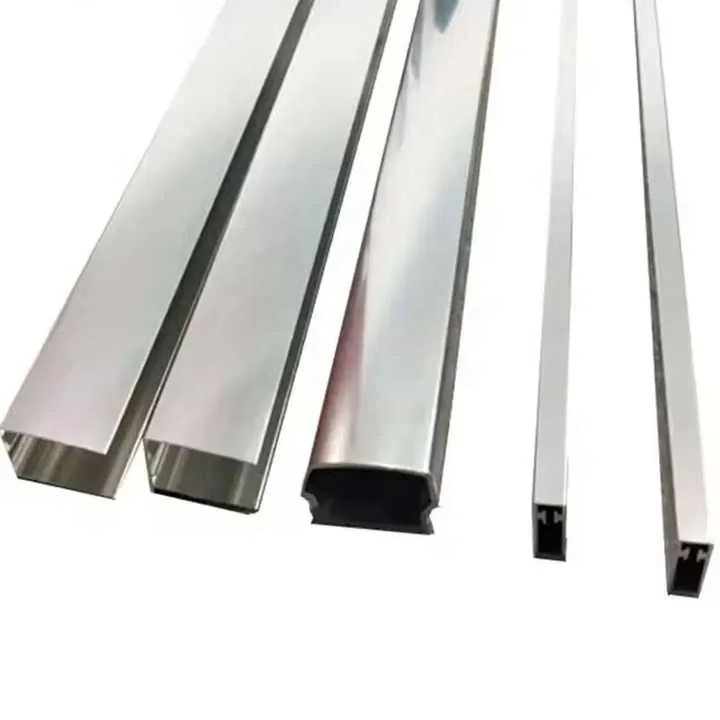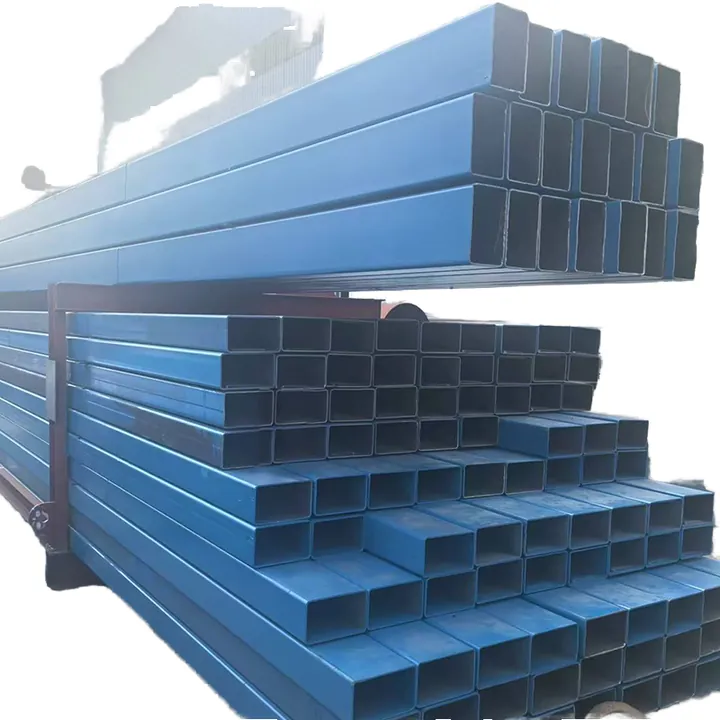Anodizing Vs. Powder Coating: Which Is More Durable?

I worry about finishes peeling or dimming fast. I want products that last.
Anodizing offers a fused oxide layer that resists scratches, while powder coating is thicker but can chip.
Let’s explore why durability varies.
Which is more durable: anodizing or powder coating?
I used both finishes on workshop tools. Over time, chipped paint from powder coating stood out. Anodized parts stayed intact.
Anodizing forms a hard oxide layer fused to aluminum. Powder coating is thicker and flexible but can crack or chip.

Dive deeper: How they resist damage
Anodizing creates a layer of aluminum oxide that becomes part of the surface. It cannot peel. For typical anodizing (10–25 microns), hardness is about 60–70?HRC. Hardcoat (25–100+ μm) reaches 70–80 HRC. It resists scratches and abrasion well.
Powder coating adds a plastic finish 50–150 microns thick. That thickness helps resist impact. But if the coating is hit hard, it can crack or chip, exposing bare metal underneath.
Abrasion and scratch resistance
| Test Condition | Anodizing | Powder Coating |
|---|---|---|
| Scratch resistance | Very high | Medium |
| Chip/impact resistance | High, integral | Moderate, can chip |
Anodizing wins in resistance to scratches and general wear. Powder coating can endure knocks but not scratching as well.
UV and weather durability
Anodizing is UV stable—it does not fade. Powder coating uses UV-resistant pigments, but over time such coatings can fade or chalk.
My workshop experiments showed anodized parts retain clarity long-term, while coated items in direct sun lost depth of color in about five years.
Quiz time:
Powder coating never chips or cracks under impact.False
Thick powder coats can chip or crack if hit hard.
Anodizing has better scratch resistance than powder coating.True
The oxide layer is hard and integral, resisting scratches well.
How do anodizing and powder coating compare in cost?
I quote both for similar parts. Costs vary by finish, thickness, size, and prep needed.
Typically, standard anodizing and basic powder coating cost about the same. Specials differ.

Dive deeper: Cost factors explained
Cost has several pieces:
-
Surface prep
Anodizing needs degrease, desmut, polishing, thin brightening. Labs charge $0.20–$0.50 per square inch.
Powder coating needs cleaning, light etching, baking. $0.15–$0.40 per square inch. -
Material costs
Anodizing uses acid baths, electricity.
Powder uses epoxy or polyester powders heated at 375–450?°F. -
Thickness level
Hardcoat anodizing adds $0.05–$0.10/in2 more.
Thick powder (125–150 μm) adds $0.02–$0.05/in2 extra. -
Color and effects
Standard clear anodize is cheapest. Bronze, black, and color dyes cost more.
Powder coating color options are many; signature or epoxy types cost more. -
Batch size
Both finishes cost less per part in large batches.
| Cost Element | Anodizing | Powder Coating |
|---|---|---|
| Prep | Medium | Low–Medium |
| Lab/material cost | Medium | Medium |
| High-end options | Higher | Higher |
I provided quotes: clear anodize on 10,000?in2 cost $2,800. Powder coat black same area: $2,600. Hardcoat anodizing cost ~15% more.
Quiz time:
Hardcoat anodizing costs less than standard powder coating.False
Hardcoat is more expensive due to thicker processing.
Anodizing and powder coating have similar baseline costs.True
Both range around $0.20–$0.50 per square inch with basic services.
Which finish is better for outdoor aluminum?
I live in a coastal area. Aluminum railings face sun, rain, and salt spray.
Anodizing offers fade-resistant finishes with long lifespan outdoors. Powder coating offers color variety but may chalk or peel over time.

Dive deeper: Outdoor performance break?down
Weather durability
Anodized surfaces resist UV and weather by default. A 25?μm finish resists 20+ years in mild climates. Hardcoat lasts even longer.
Powder coat uses UV-stable powders. But exposure to sun can cause chalking or chalk blush. Moisture and salt can eventually break seal along sharp edges or chips.
Color retention
Anodizing clear allows natural aluminum shine but limited color. Colored anodizing uses uniform dyes under seal.
Powder coating offers any RAL or custom color. But vibrant reds or blues can fade in less than 10 years under strong sun.
Corrosion resistance
Anodizing stops corrosion by sealing pores. Powder coating seals the metal fully until a chip appears.
In coastal tests, anodized parts showed no corrosion after five years. Powder coated edges with chips showed rust.
Quiz time:
Powder coating always preserves color better outdoors than anodizing.False
Powder coatings can fade faster under UV than anodized finishes.
Anodizing provides better edge corrosion resistance if surface is intact.True
The oxide layer seals and resists salt air even on edges.
How do maintenance needs differ between them?
I clean both types on my tools regularly. I saw patterns over five years.
Anodizing needs simple soap and water. Powder coating may need repainting if chips or dirt build up.

Dive deeper: Cleaning and upkeep tips
Routine cleaning
Anodized parts: rinse with water, mild soap if needed. No waxing required. Mirrored parts can sparkle again after polish.
Powder coated parts: soap and water remove dirt. But waxes or sealants help maintain gloss and slow chalking.
Damage repair
Fogging or scratches on anodized finishes are hard to repair—part needs re?anodizing. But anodizing resists wear so such incidents are rare.
Powder coated scratches/chips can be touched up with spray paint or brush fills. Over time, full re?coating may be needed in high traffic use.
Lifespan and replacement
Anodized parts last for decades without major work. I cleaned railings that were 15 years old and saw only minor dullness at edges.
Powder coated parts may require touch?ups inside 5–10 years. Without maintenance, fading or peeling can start early.
Quiz time:
Anodized finishes require frequent repainting.False
They do not need paint; simple cleaning preserves them.
Powder coated surfaces can be touched up after chipping.True
They can be repaired with matching touch?up paints.
Conclusion
Anodizing wins for hardness, UV stability, and low maintenance. Powder coating gives more color but can fade, chip, and need upkeep. Choosing depends on durability vs. aesthetics.



